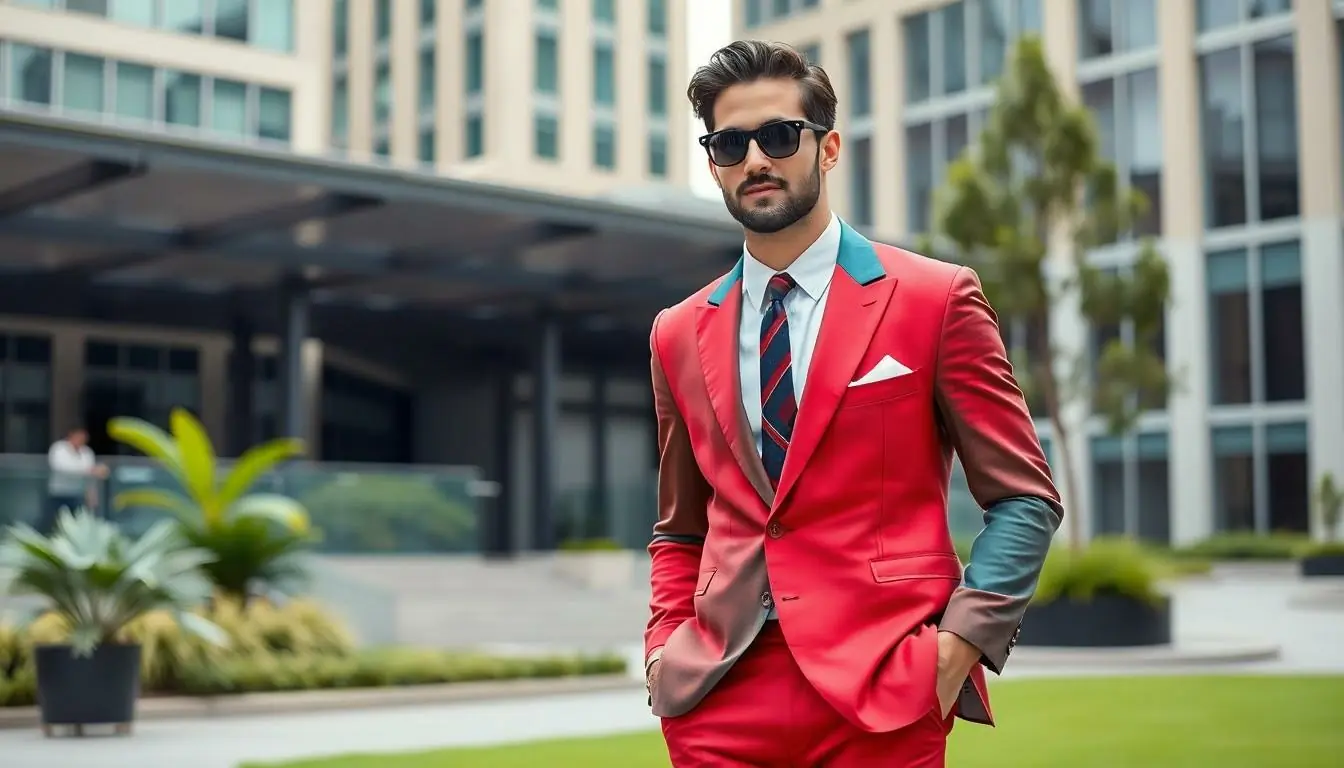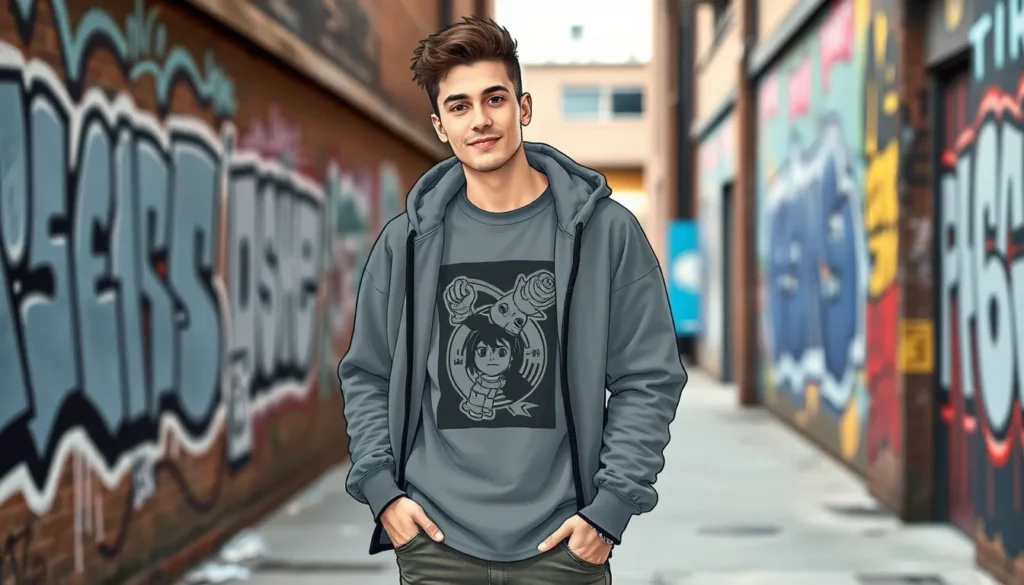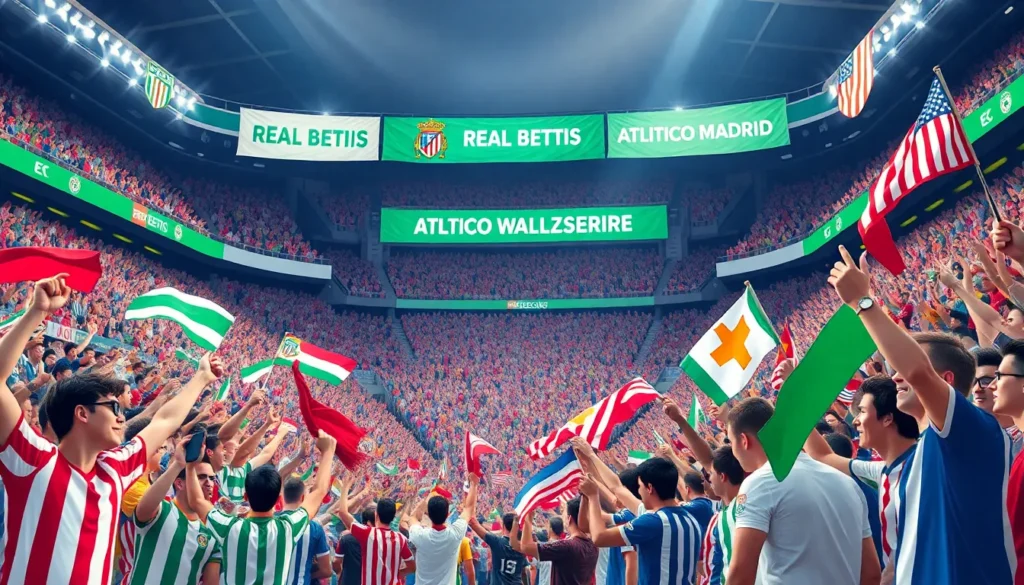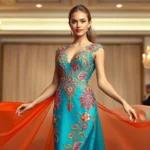In a world where sweatpants have become a staple, haute couture men are stepping up to redefine what it means to dress well. Gone are the days when high fashion was just for the ladies; today’s modern man knows that looking sharp can be just as comfortable as lounging in his favorite joggers. With designers crafting exquisite pieces that blend artistry with wearability, men are embracing the runway like never before.
Imagine strutting into a room, turning heads as if you just walked off a Paris catwalk. Haute couture isn’t just clothing; it’s a statement, a way to say, “I’m here, and I mean business.” So whether he’s donning a tailored suit or an avant-garde ensemble, the haute couture man is ready to conquer the world—one perfectly fitted jacket at a time. Who knew fashion could be this much fun?
Table of Contents
ToggleThe Evolution of Haute Couture Men
Haute couture for men has seen significant transformation, shifting from exclusivity to accessibility. This change reflects society’s evolving attitudes towards male fashion, encouraging bold expressions of identity.
Historical Overview
The roots of haute couture men’s fashion trace back to the mid-19th century. For example, Charles Frederick Worth, often regarded as the father of haute couture, set the stage for high men’s fashion. In the early 20th century, designers like Paul Poiret began to challenge traditional norms, promoting more avant-garde styles. The post-war era saw the emergence of iconic figures like Christian Dior, whose New Look revolutionized men’s suits. By the late 20th century, luxury brands began embracing street style, creating a blend of sophistication and everyday wear.
Key Designers Influencing Haute Couture Men
Several influential designers have shaped haute couture for men. Giorgio Armani revolutionized men’s tailoring in the 1980s, introducing relaxed silhouettes that emphasized comfort. Likewise, Yves Saint Laurent broke barriers by popularizing the tuxedo for women, impacting men’s fashion. Designers such as Ralph Lauren and Thom Browne have also played roles in redefining masculinity through fashion. They emphasize individuality and creativity, catering to a diverse clientele. Contemporary designers continue to challenge conventions, merging classic elements with modern aesthetics, catering to the boldness men seek in high fashion.
Characteristics of Haute Couture Men
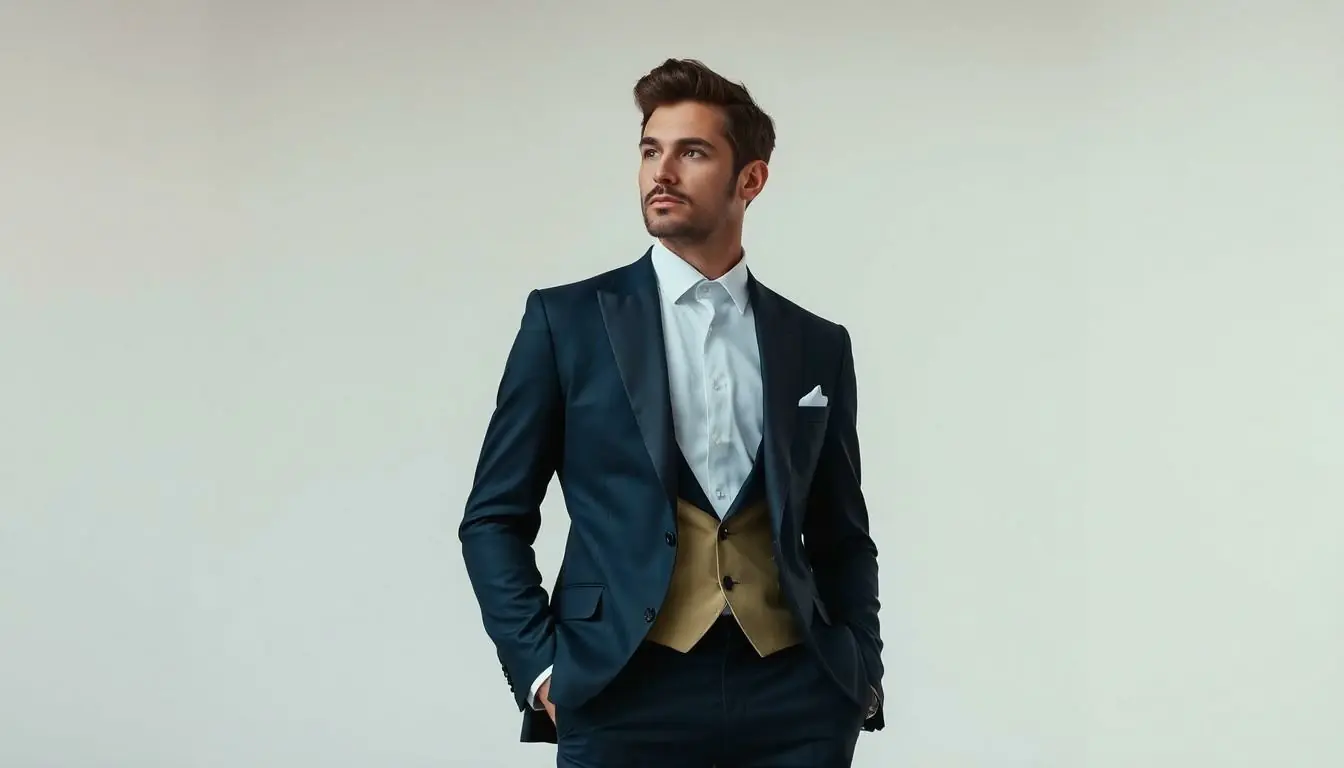
Haute couture men’s fashion showcases distinctive features that set it apart from ready-to-wear collections. Precision, luxury, and individuality define this unique style.
Fabrics and Textiles
Unique fabrics elevate haute couture. Soft silks, luxurious cashmeres, and innovative synthetics are common choices. Each material contributes to the garment’s overall aesthetic and comfort. Many designers utilize eco-friendly textiles, reflecting current sustainability trends. Textures, such as tweeds and brocades, add depth and richness, ensuring garments stand out. Designers frequently experiment with unexpected combinations to create visually striking pieces. This emphasis on quality and creativity attracts modern men seeking exclusive styles.
Tailoring Techniques
Innovative tailoring techniques define haute couture garments. Tailored fits enhance the silhouette, allowing for a seamless blend of comfort and elegance. Each piece often undergoes meticulous hand-stitching, securing its high quality. Designers incorporate advanced methods, such as draping and pattern making, to achieve unique designs. Precision cutting ensures a perfect fit for various body types. Contemporary designers push boundaries, often merging traditional crafts with modern aesthetics. This approach provides men with distinctive options that highlight their personal style.
Influential Trends in Haute Couture Men
Haute couture men’s fashion showcases various innovative trends that reflect modern sensibilities. Contemporary styles incorporate vibrant colors and relaxed silhouettes, breaking away from traditional rigid forms. Tailored suits often feature unconventional patterns like oversized checks and floral prints. Designers emphasize layering, combining sharp tailoring with casual essentials for a relaxed yet polished look. Unique accessories such as statement shoes and bold bags enhance personal style, allowing for individual expression.
Contemporary Styles
Contemporary styles emphasize versatility and comfort. Men’s haute couture often blends streetwear elements with luxurious fabrics. Think oversized jackets paired with tailored trousers or tailored shorts. Designers like Alessandro Michele and Pharrell Williams lead this movement, creating ensembles that resonate with youthful and fashion-forward audiences. Unconventional materials such as technical textiles bring a refreshing twist to classic designs. Accessories play a crucial role, including oversized hats and chunky jewelry, elevating any outfit’s unique appeal.
Seasonal Trends
Seasonal trends in haute couture men bring exciting changes each year. Spring and summer often feature lighter fabrics, showcasing breathable materials like linens and lightweight cottons. Designs typically incorporate pastel colors, floral motifs, and relaxed fits reminiscent of vacation vibes. For autumn and winter, darker palettes take precedence, with heavier materials like wool and cashmere dominating collections. Designers introduce layered looks, combining oversized outerwear with fitted inner garments. This approach guarantees warmth without sacrificing style, ensuring men maintain sophistication regardless of the season.
The Impact of Haute Couture Men on Fashion Industry
Haute couture men’s fashion plays a vital role in the broader fashion landscape. It not only shapes trends but also influences cultural perceptions of masculinity and style.
Cultural Significance
Cultural significance drives haute couture men’s fashion beyond mere clothing. Designers showcase their artistry, often reflecting societal changes. As men embrace bold styles, designers challenge traditional masculinity, fostering diverse expressions. Events like Fashion Week highlight this evolution, featuring collections that resonate with modern cultural narratives. The visibility of haute couture constructs a platform for conversations about identity, self-expression, and freedom in style. Historical influences also intertwine with contemporary design, showcasing a rich tapestry of cultural heritage that informs today’s men’s fashion.
Economic Contributions
Economic contributions significantly highlight the importance of haute couture for men. The sector generates billions in revenue annually, influencing job creation in design, manufacturing, and retail. Every season, high-profile shows attract media attention, driving sales and increasing brand visibility. Emerging designers benefit from this economy, finding opportunities to showcase their work alongside established labels. Furthermore, the emphasis on customized pieces enhances consumer spending, as tailored garments command premium prices. As fashion houses expand their offerings, they create collaborations that boost local economies and support artisanal craftsmanship. Investing in haute couture leads to sustainable growth in the fashion industry.
Conclusion
Haute couture for men is more than just a fashion statement; it’s a celebration of individuality and self-expression. As the boundaries of traditional masculinity continue to shift, men are embracing high fashion with enthusiasm and confidence. The evolution of this segment reflects broader cultural changes and highlights the importance of personal style in today’s world.
With innovative designs and luxurious fabrics, contemporary menswear is redefining elegance while prioritizing comfort. This transformative journey not only impacts the fashion industry but also fosters a deeper understanding of identity and creativity. As haute couture becomes more accessible, men are empowered to explore their unique fashion narratives, paving the way for a vibrant future in men’s high fashion.

